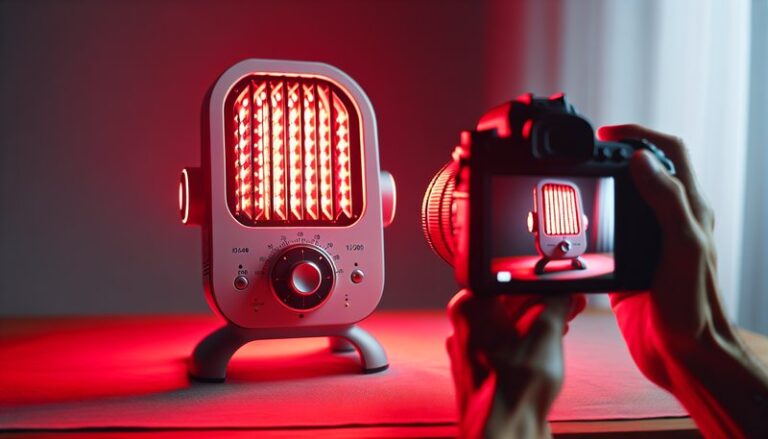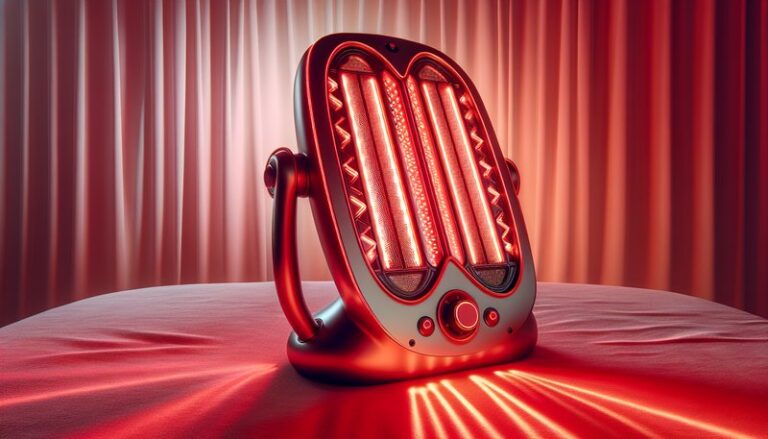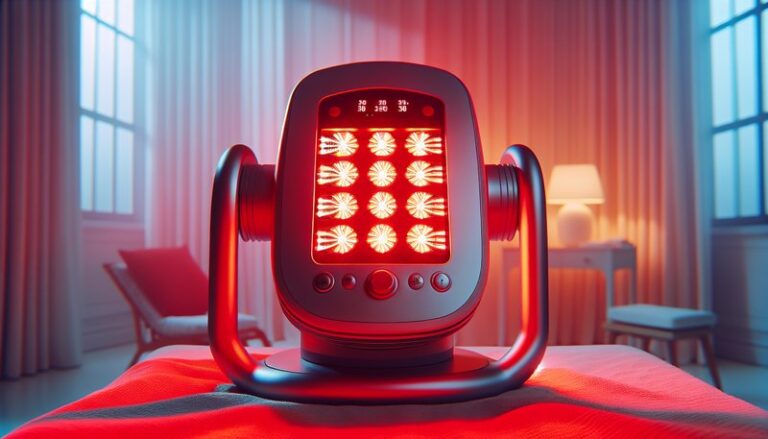How Long Should I Use Red Light Therapy?
Are you considering red light therapy to improve your health and well-being? If so, you might be wondering how long each session should last for the best results.
This article will explore the optimal duration for red light therapy, discuss its benefits, and offer insights into how to incorporate it effectively into your routine. You will also discover alternatives and important considerations before starting therapy.
Key Takeaways
- The recommended duration for red light therapy sessions typically ranges from 10 to 20 minutes, depending on individual needs.
- Frequency of sessions can vary, with suggestions ranging from a few times a week to daily applications.
- Understanding your specific health goals and consulting with professionals can enhance the effectiveness of red light therapy.
What is Red Light Therapy?
Red light therapy (RLT) involves the use of low-level wavelengths of red light to treat various health concerns. This non-invasive therapy aims to stimulate cellular activity in your body, promoting healing and recovery.
The therapy employs specific wavelengths of light, typically ranging from 600 to 1,100 nanometers. Research suggests that this therapy can help reduce inflammation, alleviate pain, and improve skin health, among other benefits.
What are the Benefits of Red Light Therapy?
This section will delve into the various advantages that come from incorporating red light therapy into your wellness routine.
Skin Health Improvement
One of the most recognized benefits of red light therapy is its ability to improve skin conditions. Studies have shown that RLT can accelerate wound healing, reduce acne, and diminish the appearance of fine lines and wrinkles. Many individuals turn to this therapy for a more youthful glow.
Pain Relief
Many users of red light therapy report reduced chronic pain levels. The light penetrates the skin and may help increase blood flow and diminish inflammation, leading to more effective pain management for conditions such as arthritis and muscle soreness.
Enhanced Muscle Recovery
Athletes and fitness enthusiasts often use red light therapy to enhance muscle recovery after workouts. Research indicates that RLT can reduce muscle fatigue and speed up recovery time, allowing individuals to return to their workout routines more quickly.
Improved Sleep Quality
Emerging studies have suggested that red light therapy may have a positive impact on sleep quality. By regulating circadian rhythms and promoting relaxation, RLT may help those with insomnia or sleep disturbances achieve better rest.
Is it Possible to Overuse Red Light Therapy?
While red light therapy is generally considered safe, it’s important to understand that overuse can lead to diminished returns and potential adverse effects. Balancing session length and frequency is crucial in maximizing benefits.
What are the Advantages of Consistent Use?
Regular use of red light therapy can lead to cumulative benefits. This consistency helps your body adapt and respond effectively to the therapy, leading to improved outcomes over time.
What are the Disadvantages of Overuse?
Excessive use of red light therapy might result in skin irritation, fatigue, or electromagnetic sensitivity in some individuals. Finding the right balance ensures that you reap the benefits without experiencing any negative effects.
Discover the story in Can Red Light Therapy Help Rosacea?
What are the Things to Consider Before Starting Red Light Therapy?
Before diving into red light therapy, there are several important factors to keep in mind.
Consult with a Professional
Before beginning any therapy, it’s advisable to consult a healthcare provider or a qualified professional who understands your medical history. They can provide tailored recommendations based on your individual needs.
Understand Your Health Goals
Clarifying your specific health goals will help you determine the appropriate duration and frequency of red light therapy. Whether you’re focusing on pain relief, skin improvement, or muscle recovery, having clear objectives will guide your therapy sessions effectively.
Choose the Right Equipment
There are various red light therapy devices available, ranging from handheld devices to full-body panels. Consider the type of device that suits your needs, and ensure it emits the recommended wavelengths for optimal results.
Listen to Your Body
Pay attention to how your body responds to red light therapy. If you experience any discomfort or adverse reactions, consider adjusting your session duration or frequency.
What are the Alternatives to Red Light Therapy?
In addition to red light therapy, several alternative treatments exist that also promote healing and well-being.
Cold Laser Therapy
Cold laser therapy uses similar principles to red light therapy, utilizing low-level laser light to stimulate healing and reduce pain. It is particularly beneficial for localized treatment of injuries.
Infrared Therapy
Infrared therapy employs higher wavelengths of light to penetrate deeper tissues and bones, promoting muscle relaxation and enhanced circulation. It is often used in conjunction with red light therapy for increased effectiveness.
Ultrasound Therapy
Ultrasound therapy uses sound waves to promote tissue healing, reduce inflammation, and alleviate pain. This therapy is primarily utilized in physical rehabilitation settings.
Massage Therapy
While not light-based, massage therapy can also facilitate relaxation, pain relief, and improved circulation, making it a worthy alternative to consider alongside red light therapy.
Conclusion: Is it Recommended to Use Red Light Therapy?
In summary, red light therapy can be a valuable tool for various health concerns, with recommended session durations ranging from 10 to 20 minutes. Understanding your specific health goals and frequency of use is crucial in maximizing benefits. By consulting with a professional and considering various factors, you can safely incorporate this innovative therapy into your wellness routine.
Frequently Asked Questions
How often should I use red light therapy?
The frequency usually depends on your individual goals. Many users benefit from 3 to 5 sessions per week, while others may require daily use for optimal results.
Can red light therapy be used for all skin types?
Yes, red light therapy is generally safe for all skin types. However, those with specific skin conditions should consult a doctor before using this therapy.
Is there any downtime associated with red light therapy?
No, one of the main advantages of red light therapy is that there is no downtime. You can resume your daily activities immediately after a session.
Are there any side effects to red light therapy?
Most users experience minimal side effects, if any. However, skin irritation may occur in sensitive individuals, so it’s essential to monitor your response.
Check this out Red Light Therapy Frequency
What should I expect after my first session?
After your first session, you might feel relaxed or notice slight redness in the treated area. Long-term benefits typically reveal themselves over multiple sessions.



